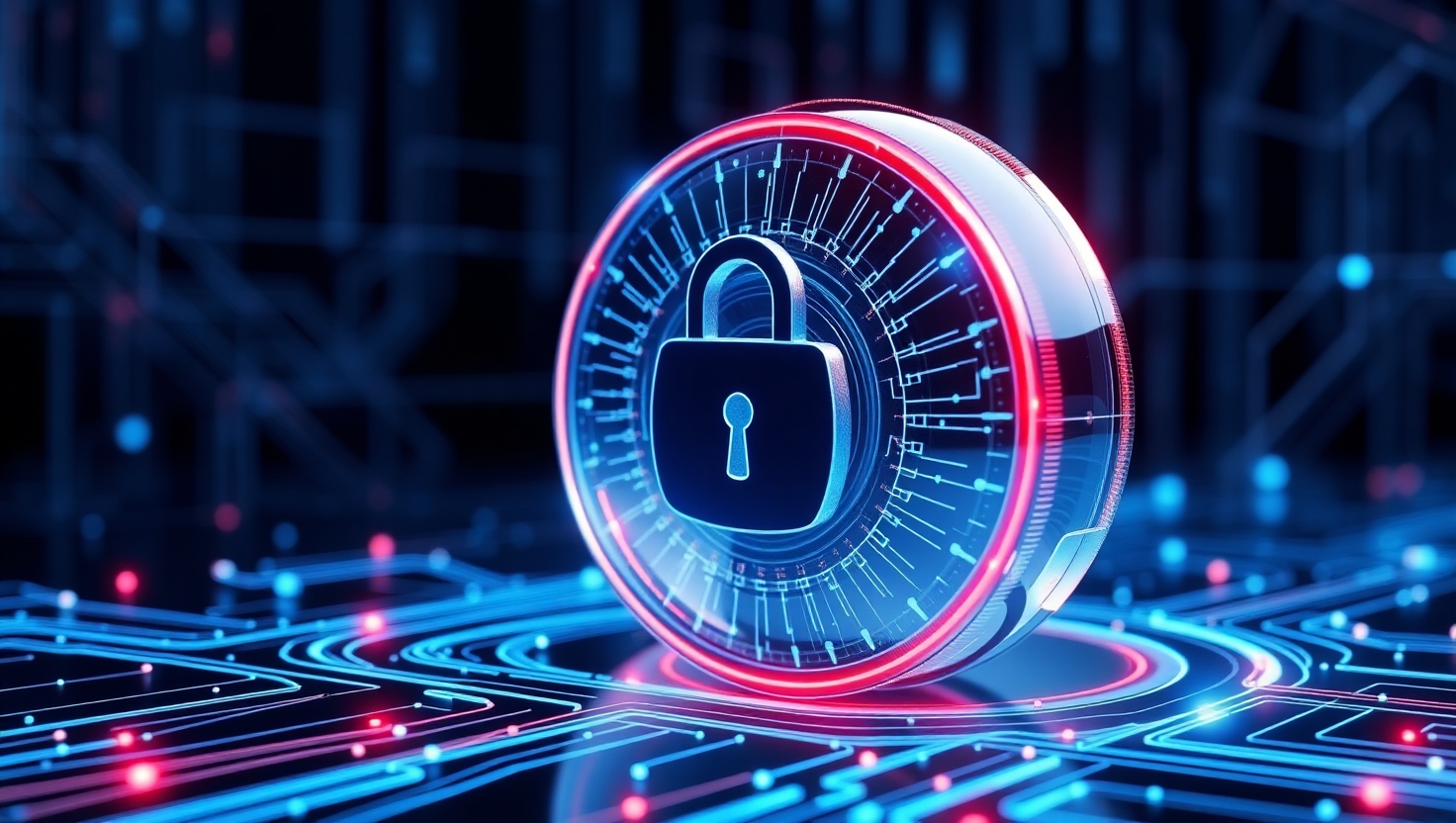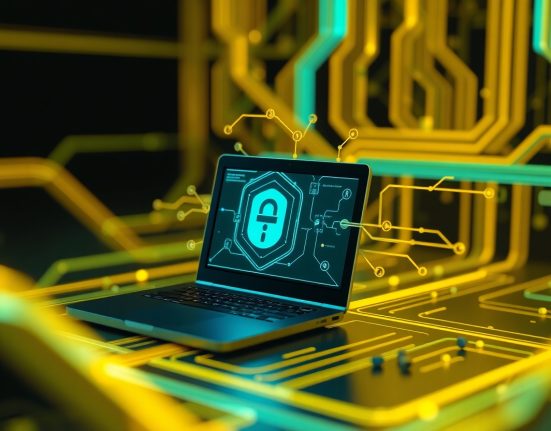Zero Trust – The Digital Revolution That’s Changing the Face of Cybersecurity
In a world where cyber threats are becoming more complex by the day, and cyberattacks are evolving at a dizzying pace, a new and revolutionary approach to information security has emerged that challenges all our basic assumptions about digital security. This is the Zero Trust approach, and I have to say that the more I delve into understanding this model, the more excited I become about its potential to completely transform the way we think about security in networks and information systems.
The essence of Zero Trust lies in a simple yet revolutionary principle – don’t trust anyone or anything, even if it’s inside your internal network. This goes against all the traditional logic of information security, which was based on the concept of a hard boundary between “inside” and “outside.” In the traditional model, once a user or device penetrated the internal network, they received a high level of trust and could move relatively freely throughout the network. But Zero Trust tells us – wait, this is exactly the gap that attackers exploit.
What excites me most about Zero Trust is that it’s not just a technical security model, but an entire philosophy that redefines our entire consideration of digital identity, resource access, and authentication. Every access to a resource, every request for data, every action on the network must undergo multi-layered authentication and continuous verification. This means that even if an attacker managed to get into the network, they would still struggle to reach sensitive information or perform malicious actions, because every step they take will be re-examined.
The central principle of “Never Trust, Always Verify” is what makes this model so effective. Instead of relying on network location, Zero Trust focuses on user identity, device state, behavior, and the context of the request. This means that a Zero Trust system examines hundreds of parameters in real-time – where the request is coming from, at what time, how the user behaved in the past, whether the device is updated with security patches, and many other factors that create a complete picture of the risk level.
What really gets me excited is how Zero Trust deals with the modern reality of hybrid work and cloud computing. In a world where employees work from home, from personal devices, from public Wi-Fi networks, and access cloud systems from anywhere in the world, the traditional model of network boundaries simply doesn’t work anymore. Zero Trust accepts this reality and says – okay, if the boundary doesn’t exist, let’s protect each resource separately, as if it’s in a hostile environment.
The technologies that enable Zero Trust are simply amazing in my eyes. This includes advanced multi-factor authentication systems, artificial intelligence for detecting behavioral anomalies, network micro-segmentation, dynamic identity and access management, and end-to-end encryption of all communications. All these technologies work together to create an advanced defense system that can dynamically adapt itself to changing threats.
One of the things that most impresses me about implementing Zero Trust in organizations is how it changes organizational culture. It’s not just a technical change, it’s a mental shift that requires every employee to think differently about security. Instead of thinking “I’m inside the network so I’m safe,” employees begin to think “how can I authenticate my identity securely and efficiently.” This creates a culture of security awareness that permeates all levels of the organization.
The beauty of Zero Trust is that it’s not a point technological solution but a framework of thinking that adapts itself to new technologies. When new technologies like the Internet of Things, edge computing, or blockchain technologies emerge, Zero Trust can deal with them with a consistent approach of continuous authentication and zero assumptions. This makes it a future-proof solution that won’t become obsolete as technology evolves.
Looking to the future, I see Zero Trust becoming the standard in every organization that’s serious about securing their information. The reason for this is that cyber threats are evolving, and traditional models simply aren’t enough anymore. Zero Trust offers a way to build defenses that evolve with the threats, that learn from every incident, and that adapt themselves to the changing digital environment. This isn’t just a technological revolution, it’s a conceptual revolution that redefines everything we know about information security.














